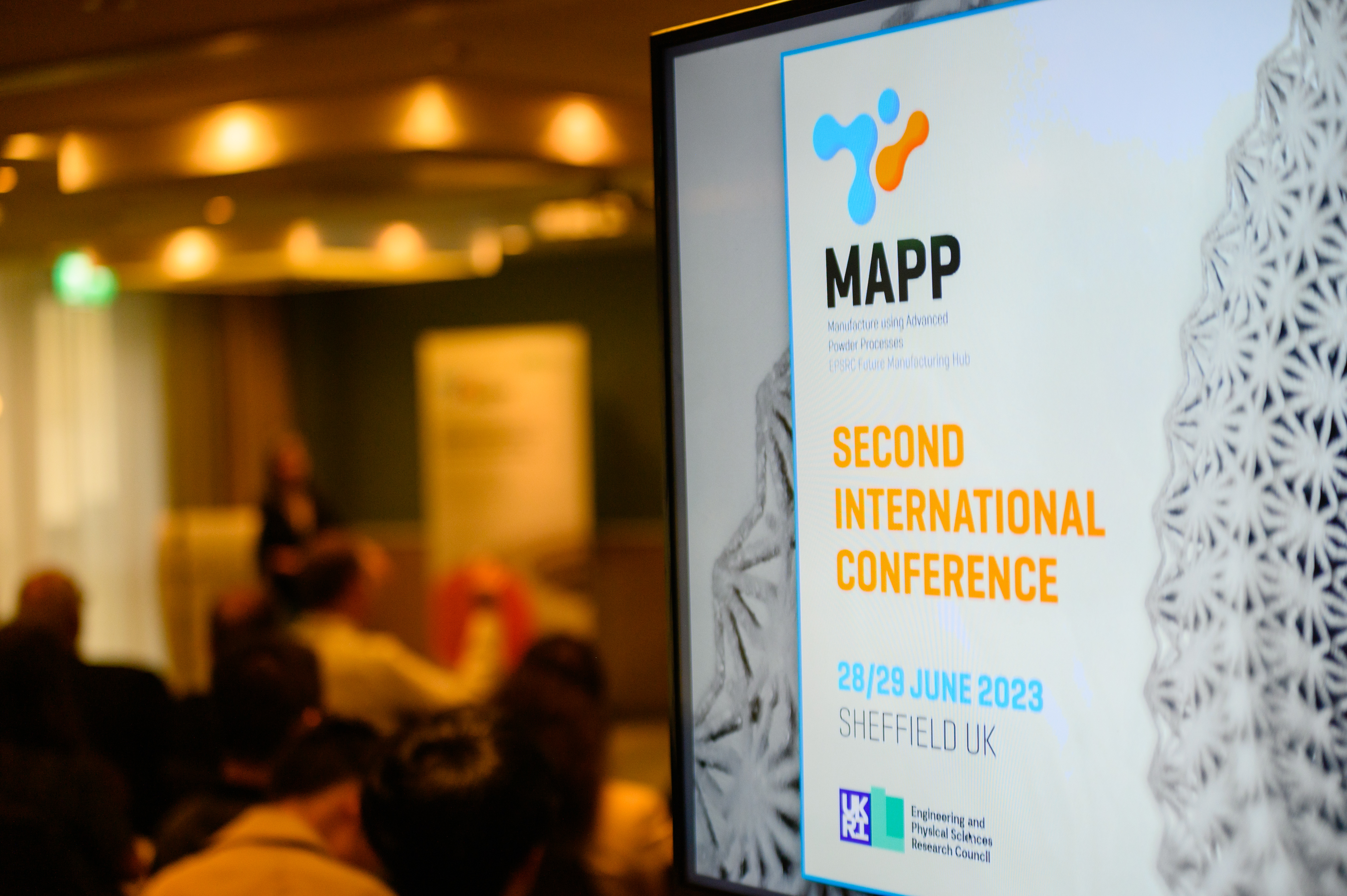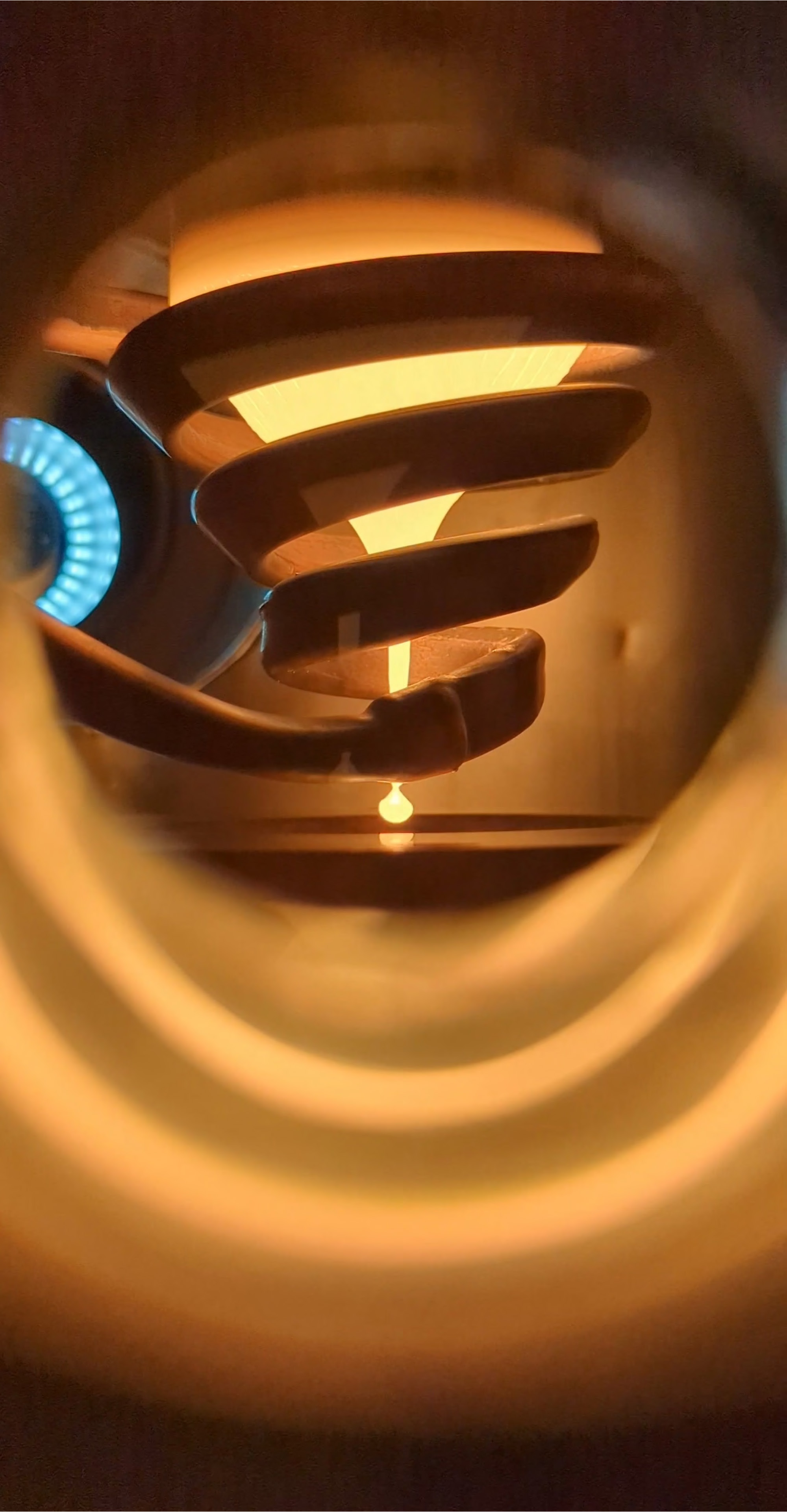All News /
News:
Fully Funded PhD Studentship Opportunities in UCL
24 / 03 / 23
MAPP is pleased to introduce 2 projects fully funded PhD studentship opportunities in UCL.
Please refer to the following for more information on the project and how to register:
Project 1: Application of machine-learning and large facilities in additive manufacturing
Laser powder bed fusion (LPBF) additive manufacturing (AM) produces components with complex shapes directly from digital designs by joining powder materials together using an intense laser beam. AM technology has transformed the way how we manufacture aerospace, automotive, and energy sectors, accelerating process and product development time, shortening the supply chain, i.e., underpin key activities to achieve net-zero (or carbon negative). However, the intense laser beam can melt and vaporise powder feedstock, altering the chemistry of the final component, which is detrimental to its product performance. State-of-the-art facilities, e.g., STFC central laser facilities and synchrotron facilities worldwide develop new experimental techniques, e.g. ultra-fast speed imaging, diffraction, and spectroscopy to probe inside AM process and materials across length scales, from component to its atomic structure. However, data mining and processing become a huge bottleneck in accelerate science discovery and machine-learning could be a way forward. The impact of this work will be invaluable to the development of digital manufacturing, sensing, and ML technologies. The application of the proposed ML models may also benefit to other users from large facilities and industry to accelerate their materials discovery, beyond AM research.
Eligibility: Home student status
Project 2: Shaping the Additive Manufacturing Process through an Engineering Lens
Laser powder bed fusion (LPBF) technology fuses powder particles into components, layer-by-layer,directly from a digital file. LPBF can manufacture topologically optimised parts with a high buy-to-fly ratio, reducing the payload for aerospace components. Though, LPBF parts suffer from process-induced defects and exhibits poor surface finish, lowering their fatigue performance. Poor surface finish can be non-compliant with the cleanliness requirements of space application. Post-processing techniques, such as hot isostatic pressing, chemical milling, and machining, may improve the built quality though they are costly and energy intensive processes. To ensure the build process reaches the net-zero emission target and production of high-quality aerospace components without post- processing, we must study the process and defect dynamics during LPBF and develop a manufacturing framework that makes LPBF parts cost-effectively and sustainably. Here, we propose
(1) using novel laser processing strategies to minimise the metal vaporisation during LPBF of alloys (with a low coefficient of thermal expansion) to produce defect-free parts with smooth surface;
(2) the process dynamics above and inside the melt pool will be observed during LPBF using a physical twin of the RenAM500Q machine equipped with multi-modal optical, chemical, infrared, and ultra-fast X-ray imaging capabilities at European Synchrotron radiation Facilities.
(3) feeding these experimental data into an existing high-fidelity simulation tool to predict the melt pool and defect dynamics during LPBF.
(4) We will extract further key physics from the physical & digital twins to run low fidelity surrogate simulation models as a virtual testing platform for determining optimum processing parameters to produce high-quality parts.
(5) Lastly, we will verify the virtual testing platform by producing large-scale parts with user-defined surface roughness using a commercial LPBF system.
For more information, please check out the the link at the end of the page.
Eligibility: This PhD studentship is open to students from the Member States and Cooperating States of the European Space Agency, including the UK and most European countries
Eligible applicants should first contact Dr Chu Lun Alex Leung (alex.leung@ucl.ac.uk) and Prof Peter D Lee (peter.lee@ucl.ac.uk); enclose the following documents:
· A one-page statement outlining suitability for the project
· A two pages CV (including contact details of two referees)

More:
News
-

-
Exploring STEM - 4th May 2023
The MAPP Stand was a hit at the Exploring STEM for Girls event at the Octagon on the 4 May 2023.<...

